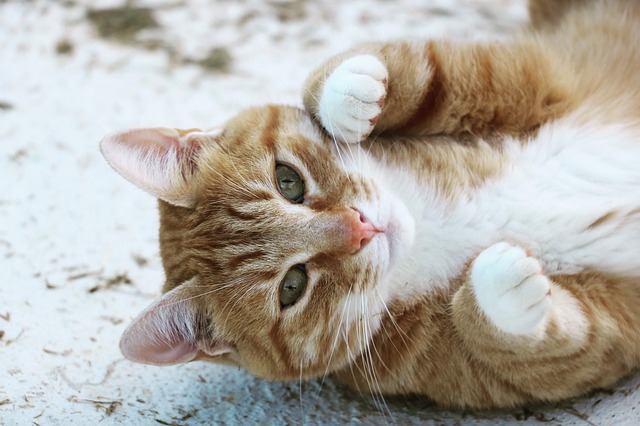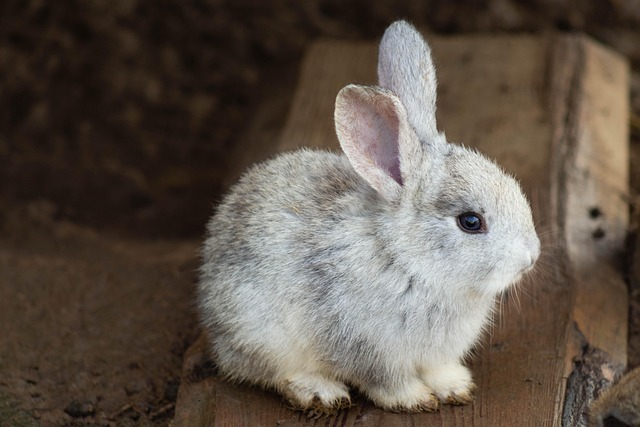Bengal Cat Rescue: Navigating the Challenges and Finding New Homes
Bengal Cat Rescue: Navigating the Challenges and Finding New Homes

Bengal cats are a unique and stunning breed known for their wild appearance and energetic personalities. While they make incredible pets for some, others find them challenging to care for, leading to an increasing number of Bengal cats in need of rescue and rehoming. In this article, we will delve into the difficulty of caring for Bengal cats, why they are hard to take care of, how to rehome a Bengal cat, where they are not allowed, and the reasons behind restrictions on this beautiful breed.
Difficulty of Care
Why Are Bengal Cats Hard to Take Care Of?
Bengal cats require a significant amount of attention and care, more so than many other domestic breeds. Here are some reasons why they are particularly challenging:
High Energy Levels: Bengals are extremely active and require plenty of physical and mental stimulation. Without adequate playtime and engagement, they can become bored and destructive.
Social Needs: These cats are very social and need a lot of interaction with their owners. They do not do well when left alone for long periods and can develop separation anxiety.
Dietary Requirements: Bengals may have specific dietary needs and are sometimes prone to digestive issues. High-quality, protein-rich diets are often necessary to keep them healthy.
Grooming Needs: Although Bengals have short coats, they still require regular grooming to keep their fur in good condition and to minimize shedding.
Health Issues: Bengals can be prone to certain health issues such as hypertrophic cardiomyopathy (HCM), progressive retinal atrophy (PRA), and other genetic conditions.
Rehoming
How to Rehome a Bengal Cat?
Rehoming a Bengal cat can be a challenging but necessary step if you find yourself unable to meet their needs. Here are some steps to consider:
Assess the Need: Determine if rehoming is truly necessary. Consult with a veterinarian or a pet behaviorist to explore all options.
Find a Suitable New Home: Look for a new home that understands the needs of a Bengal cat. This might include families with previous experience with high-energy breeds.
Use Rescue Organizations: Contact Bengal cat rescue organizations. These groups specialize in finding new homes for Bengals and can provide valuable support.
Screen Potential Adopters: Ensure that the new home is a good fit by screening potential adopters. Ask about their experience with pets, lifestyle, and ability to meet the needs of a Bengal cat.
Transition Smoothly: Help your Bengal cat transition to their new home by providing all necessary information about their habits, diet, and medical history. Consider a gradual transition if possible.
Where Not Allowed
Where Are Bengal Cats Not Allowed?
Bengal cats are not allowed in certain regions and housing situations. Restrictions may be based on their perceived wild nature or potential impact on local wildlife. Some specific examples include:
Housing Restrictions: Many apartment complexes and rental properties have specific pet policies that exclude Bengal cats due to their active and sometimes noisy nature.
Regional Restrictions: Certain countries, states, or cities have laws that restrict or ban ownership of Bengal cats. For instance, Bengals are restricted in some Australian states and municipalities in the United States.
Wildlife Concerns: In areas where local wildlife is at risk, there may be restrictions on owning Bengals due to their strong hunting instincts.
Restrictions
Why Are Bengal Cats Restricted?
Bengal cats face restrictions for several reasons:
Wild Ancestry: Bengals are descended from the Asian leopard cat and domestic cats, leading to concerns about their wild traits. Early generation Bengals (F1-F4) are often subject to more restrictions due to their closer genetic ties to wild ancestors.
Behavioral Concerns: Their high energy levels and strong prey drive can make them more challenging to manage compared to other domestic breeds. This can lead to behavioral issues if not properly addressed.
Environmental Impact: In some regions, Bengals pose a threat to local wildlife due to their hunting skills. This has led to restrictions to protect vulnerable species.
Regulatory Measures: Governments and housing authorities impose regulations to ensure that potential pet owners are prepared for the specific needs of Bengal cats, preventing abandonment and ensuring animal welfare.
Bengal cats are a captivating breed that requires a dedicated and knowledgeable owner to meet their unique needs. Understanding the difficulties of caring for Bengal cats, how to rehome them responsibly, and the various restrictions in place can help ensure that these beautiful animals find the right homes where they can thrive.
Q: Are Bengal cats good pets for families?
A: Bengal cats can be great pets for active families that have the time and resources to meet their high energy and social needs. They may not be suitable for families who are frequently away from home.
Q: What should I do if I can't care for my Bengal cat anymore?
A: If you can no longer care for your Bengal cat, consider contacting a Bengal rescue organization or finding a new home that can meet their needs. Ensure a smooth transition by providing detailed information about your cat's habits and requirements.
Q: Can Bengal cats be left alone during the day?
A: Bengal cats do not do well when left alone for long periods. They require social interaction and mental stimulation, so it's important to provide plenty of enrichment if they must be left alone.
Q: Are Bengal cats legal everywhere?
A: No, Bengal cats are not legal everywhere. Certain regions and housing situations have restrictions on Bengal cats due to their behavior, environmental impact, and wild ancestry.
Q: Why do some places ban Bengal cats?
A: Some places ban Bengal cats due to concerns about their wild ancestry, potential behavioral issues, and the impact on local wildlife. These restrictions aim to protect both the cats and the environment.











Leave a comment